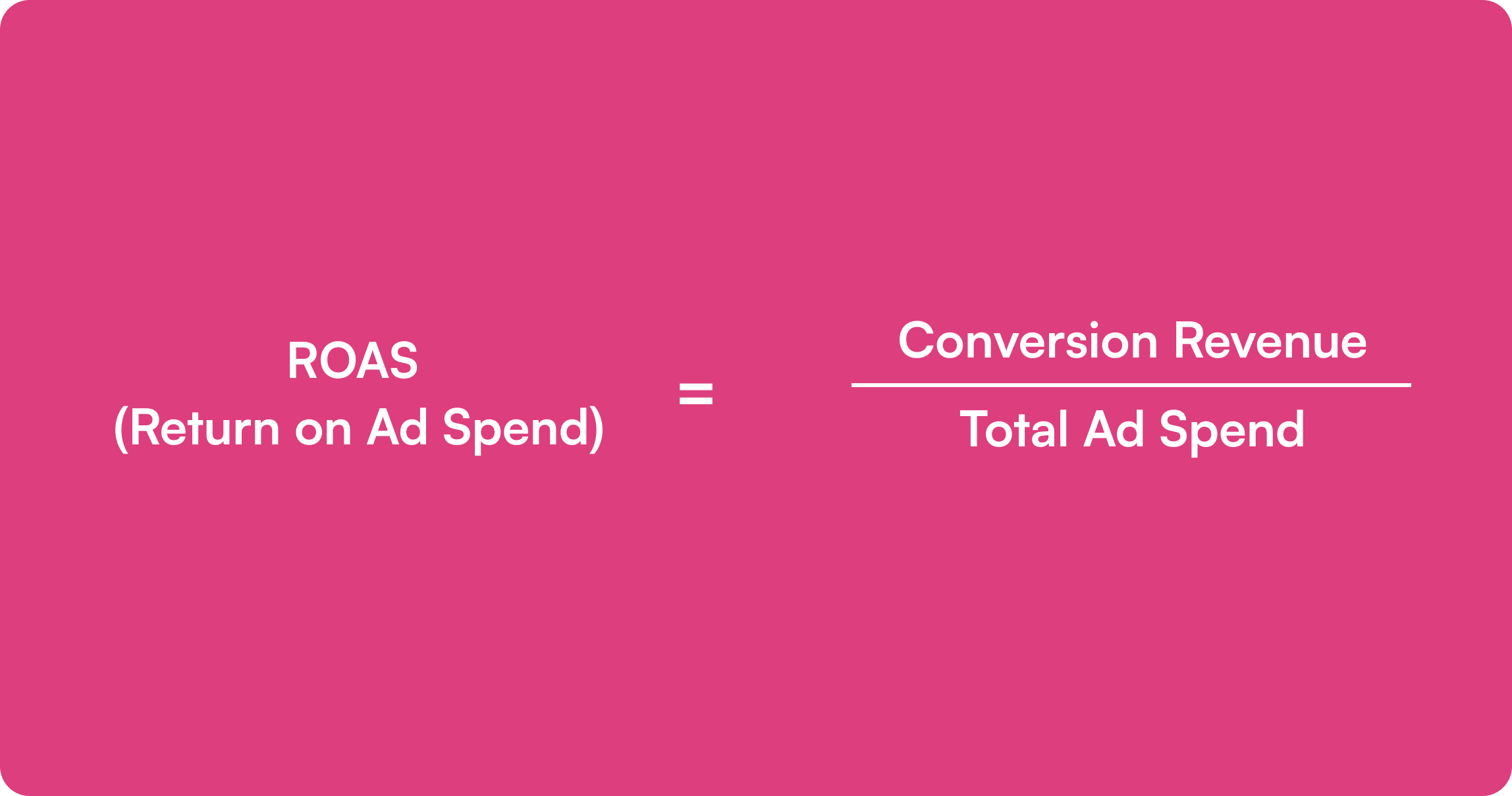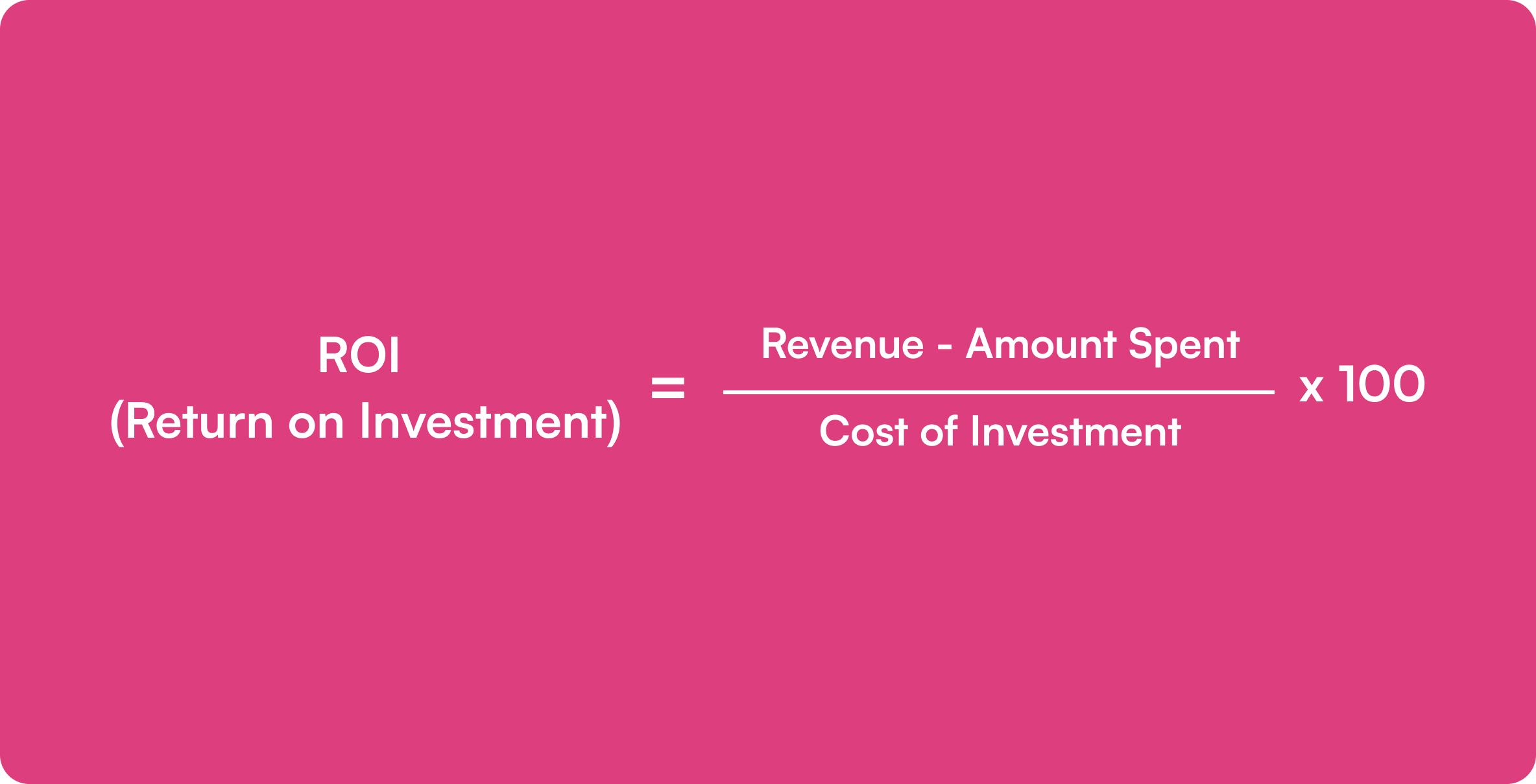Interview multiple candidates
Lorem ipsum dolor sit amet, consectetur adipiscing elit proin mi pellentesque lorem turpis feugiat non sed sed sed aliquam lectus sodales gravida turpis maassa odio faucibus accumsan turpis nulla tellus purus ut cursus lorem in pellentesque risus turpis eget quam eu nunc sed diam.
Search for the right experience
Lorem ipsum dolor sit amet, consectetur adipiscing elit proin mi pellentesque lorem turpis feugiat non sed sed sed aliquam lectus sodales gravida turpis maassa odio.
- Lorem ipsum dolor sit amet, consectetur adipiscing elit.
- Porttitor nibh est vulputate vitae sem vitae.
- Netus vestibulum dignissim scelerisque vitae.
- Amet tellus nisl risus lorem vulputate velit eget.
Ask for past work examples & results
Lorem ipsum dolor sit amet, consectetur adipiscing elit consectetur in proin mattis enim posuere maecenas non magna mauris, feugiat montes, porttitor eget nulla id id.
- Lorem ipsum dolor sit amet, consectetur adipiscing elit.
- Netus vestibulum dignissim scelerisque vitae.
- Porttitor nibh est vulputate vitae sem vitae.
- Amet tellus nisl risus lorem vulputate velit eget.
Vet candidates & ask for past references before hiring
Lorem ipsum dolor sit amet, consectetur adipiscing elit ut suspendisse convallis enim tincidunt nunc condimentum facilisi accumsan tempor donec dolor malesuada vestibulum in sed sed morbi accumsan tristique turpis vivamus non velit euismod.
“Lorem ipsum dolor sit amet, consectetur adipiscing elit nunc gravida purus urna, ipsum eu morbi in enim”
Once you hire them, give them access for all tools & resources for success
Lorem ipsum dolor sit amet, consectetur adipiscing elit ut suspendisse convallis enim tincidunt nunc condimentum facilisi accumsan tempor donec dolor malesuada vestibulum in sed sed morbi accumsan tristique turpis vivamus non velit euismod.
While ROAS (return on ad spend) was once the be-all and end-all for digital paid media, new legislation and privacy tech has made the monitoring of performance a much more opaque and cloudy affair. In this blog, we’ll explore how we got here, and the ways you can restore some much needed clarity to your digital marketing activity.
First, A History Lesson
In the early days of the World Wide Web, the digital marketing landscape was a veritable Wild West. As enterprising minds soon found ways to capitalise upon this untapped ‘information superhighway’, limitless possibilities (and lack of legal oversight) meant eCommerce quickly took off like a rocket. And with that, came advertising.
Despite the protests of some privacy advocates, and a few politicians, for over 20 years, tracking and analytics of websites and paid advertising remained much the same. Cookies quietly downloaded onto a user’s web browser could build a comprehensive picture of an individual's interests, motivations and purchase intentions. With minimal effort, online merchants and advertisers could intimately target customers with highly relevant ads, and make a fortune in the process. Never before in the history of advertising had there been a more targeted, trackable, and measurable way to reach customers and make directly attributable sales.
Change On The Horizon
But now? The party’s over. Well, sort of. Over the course of the last decade, big changes have been taking place in the world of ad performance, tracking and metrics. The voices of those privacy advocates and politicians have grown ever louder, and brands started to take notice.
Foremost amongst those brands was Apple, who has made its emphasis upon privacy a major point of difference. Unlike its competitors in the industry - Google, Facebook and Amazon, paid advertising has never been a major source of revenue for Apple. They instead make their profits from device sales, and on those devices, which now make up a significant percentage of all web users, privacy has been pushed as a key selling point. Anti-tracking technologies have been baked into versions of Apple operating systems. These measures have metaphorically blurred the vision of advertisers and merchants, giving users the option to opt-out of tracking.
Politicians then made their own in-roads through new legislation. The most significant of which, GDPR, the General Data Protection Regulation (so that’s what it stands for), was introduced by the European Parliament to establish in law a right to privacy online, and a right to opt-in to tracking.
Specifically, it “sets a high standard for consent, which must be unambiguous and involve a clear affirmative action (an opt-in). It specifically bans pre-ticked opt-in boxes.” - The ICO.
All of these changes mean marketers have had to devise new ways to see through the noise and make the most of their ads.
Performance Monitoring Metrics: ROAS
So before we dive into the new tactics to tackle these challenges, let’s just step aside for a moment and break down the bread-and-butter metric of paid media: ROAS.
As with anything in business, paid advertising must be measured for success or failure. Back in the heady heights of a pre-GDPR, anti-tracking world, performance monitoring was simple. It all came down to one key metric: ROAS.. You spend more to ensure your ads reach more people, and you get even more money back through extra revenue.

But attributing sources of revenue to each platform, whether it be Meta Ads or Google Ads, has become a lot cloudier. Responding to those new privacy features on iOS and new legislation like GDPR, developments such as Google Consent Mode V2 and GA4, both designed for a future without cookies, and one with explicit ad tracking consent (where the user has to click the ‘I Accept’ button), mean it’s now trickier to rely on ROAS as the sole metric.
Simply using the ROAS metric delivered by each of your platforms, and combining them, can easily produce figures inconsistent with your actual revenue. Platforms such as Meta and Google Ads will often attribute more revenue to their platform than is actually the case, a phenomenon known as biassed ROAS.
Advanced Attribution Models
So how can you ward off that bias? The first tool in our new data tracking armoury is known as an attribution model. These platforms, such as Klar or Databox, can provide much-needed clarity and accuracy in performance monitoring by analysing data across multiple platforms and delivering a more holistic view of revenue attribution. Essentially, they can turn an overcast sky of data into one that’s a lot less cloudy.
Attribution models are designed to give a more accurate picture of how different marketing efforts contribute to conversions and revenue. Unlike traditional single-touch attribution models that may credit only the first or last touchpoint before a sale, advanced attribution models consider multiple touchpoints across the customer journey. This results in a more nuanced understanding of which campaigns, channels, and strategies are combining to drive success.
Klar and Databox: Comprehensive Analytics
Klar and Databox are two powerful tools that can help you address the complexities of modern advertising by offering detailed insights into revenue attribution.
Klar is an advanced attribution tool that provides precise and granular insights into revenue contributions from various platforms. Here’s how Klar enhances your understanding of ad performance:
- Comprehensive Tracking: Klar tracks user interactions across multiple channels and devices, ensuring that every touchpoint is accounted for.
- Granular Reporting: It offers detailed reports that break down revenue by specific ads, assets, and even individual visitors, allowing you to see exactly which elements are performing best.
- Custom Attribution Models: Klar supports custom attribution models tailored to your business needs, enabling you to weigh touchpoints differently based on their impact on conversions.
- Real-Time Data: With real-time data analysis, Klar helps you make informed decisions quickly, optimising your campaigns on the fly.
Databox on the other hand helps you visualise and analyse data from various marketing channels. By integrating data from sources like Google Ads, Meta Ads, and more, Databox offers you a holistic view of marketing performance:
- Unified Dashboard: Databox aggregates data from all your marketing platforms into a single dashboard, making it easier to compare performance across channels.
- Customisable Metrics: You can customise the metrics you want to track and visualise, ensuring that you focus on the KPIs that matter most to your business.
- Automated Reporting: Databox automates the reporting process, saving you time and reducing the risk of human error. Scheduled reports can be sent directly to your team, keeping everyone on the same page.
- Insightful Analytics: With advanced analytics features, Databox helps identify trends and patterns in your data, allowing you to make data-driven decisions to improve your marketing strategy.
By leveraging tools like these, you can overcome the limitations of traditional performance metrics. These models not only provide a clearer picture of advertising effectiveness but they also empower merchants like you to make more informed decisions, ultimately driving better results in an increasingly bumpy data landscape.
The Alternative Metrics: ROI and MER
It’s not just about software and models either. Two key metrics, to supplant ROAS, Return on Investment (ROI) and Marketing Efficiency Ratio (MER), offer additional insights that can help paint a more comprehensive picture of campaign performance, especially when combined with an attribution model.
ROI: Return on Investment
Return on Investment (ROI) is a fundamental business metric that goes beyond just advertising to encompass the overall profitability of an investment. In the context of paid online advertising, ROI measures the net profit generated from ad campaigns relative to the cost.

Using ROI, you can understand how much actual profit your campaigns are generating after accounting for all costs, not just ad spend. This provides a clearer picture of the financial impact of advertising efforts, including considerations such as product costs, overhead, and other associated expenses.
One of the key advantages of ROI is its broad applicability. By encompassing all costs and revenue streams, ROI allows you to compare the effectiveness of advertising efforts with other business investments. This helps you make more informed budgeting and strategic decisions. And that’s always a good thing.
MER: Marketing Efficiency Ratio
Marketing Efficiency Ratio (MER), sometimes referred to as Blended ROAS, is another valuable metric that offers a holistic view of marketing performance. MER is calculated by dividing total revenue by total marketing spend across all channels.

MER provides insight into the overall efficiency of marketing efforts, highlighting how effectively marketing investment is being converted into revenue. Unlike ROAS, which can be skewed by platform specific attributions, MER gives a broader perspective on how well your entire marketing ecosystem is performing.
This metric is particularly useful for businesses with multi-channel marketing strategies, as it allows for the evaluation of collective performance rather than isolated channel performance. By monitoring MER, you can identify trends and adjust your overall strategy to improve efficiency and profitability.
Navigating the New Normal
As the digital advertising landscape continues to evolve with increasing privacy regulations and advancements in technology, it’s clear that marketers need to get smarter about keeping tabs on the performance of ads.
ROAS is no longer the jack of all trades it once was, and its cool new friends, ROI and MER must be considered as part of a much wider, holistic analysis of performance. Tech can help too: with advanced attribution modelling from tools like Klar and Databox, you can pierce through the noise, and well and truly demystify performance monitoring.
Need some more help to clear the cloudy data skies? Get in touch with our paid media experts, we can help.
Block Quote









